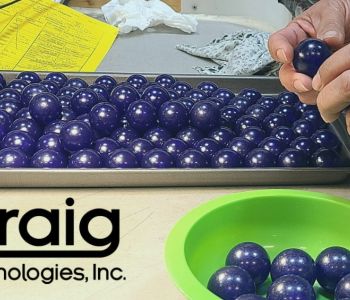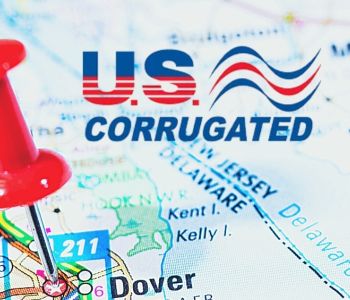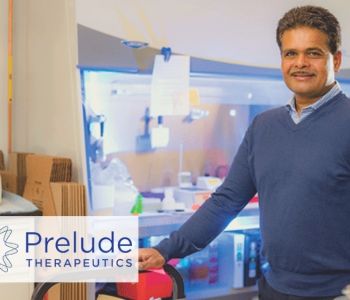Delaware Prosperity Partnership

December 7, 2020
AstraZeneca Constantly Improve Manufacturing Plant in Newark

December 7, 2020
Delaware Day: Top 10 Reasons We Love Delaware

December 3, 2020
Why More Companies Register in Delaware

December 1, 2020
Delaware Bioscience Igniting Innovation Week

November 20, 2020
New Startup Competition Launches

November 13, 2020
Wilmington Best Kept Office Market Secret on the East Coast

November 11, 2020
M&T Bank Introduces Nota for Smaller Law Firm Customers

November 6, 2020
Craig Technologies Winning the Ballgame

November 5, 2020
Duck Creek Business Campus Ribbon Cutting Celebrated by CDCC, KRM Development Corp.

October 29, 2020
Crystal Steel Success Starts With Its People

October 26, 2020
U.S. Corrugated Closer to Choosing Dover for $80M Super Plant

October 21, 2020
Prelude Therapeutics Launches Successful IPO























